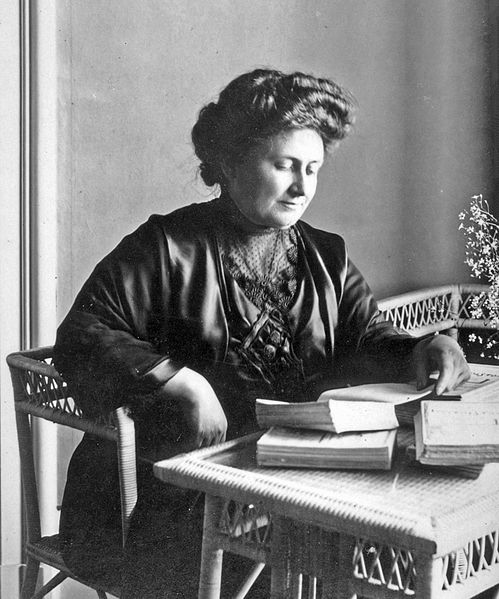It often surprises people that using games and activities to teach young children is not a new practice. For example, the use of games and activities was advocated by the likes of Friedrich Fröbel in the early 1800’s. Fröbel, in fact, was the inventor of kindergarten with the creation of his “Child’s Garden” (or, in Fröbel’s native German, “Kindergarten”.)
This support of using games and activities in children’s education continued through history through the works of famous educators including Maria Montessori, John Dewey, Heqin Chen (in China), and many others.
So why should it be a surprise to us that language education researchers and practitioners are increasingly supporting the use of games and activities to teach English?

Friedrich Fröbel

John Dewey

Maria Montessori
Research Trends
The concept of using games in education has received increased focus recently among academic researchers. Recent research emphasizes the value of using games as educational tools, especially in the language-learning field. This value applies to both formal and informal forms of education.
From the Learner’s Perspective
By far, the most important lesson children get from learning a foreign language through games and activities is that learning languages is fun. After all, learning a language takes a lifetime.
Should children start their language-learning experience using only boring rote memorization drills and laborious exercises, they will develop the idea that language learning is mundane and arduous.
Researchers have repeatedly found that learning a language through carefully-designed games that require learners to repeatedly use prescribed language-learning targets is far more effective than more “traditional” forms of language education.
The Value of Constructive Play
If children learn through games and activities, language acquisition becomes equivalent to play. Any anxiety a child might have had towards learning a language disappears when the language learning is presented in the form of a game.
In fact, constructive play is a child’s natural (and enjoyable) mode of learning. Constructive play also benefits a child’s intellectual, physical, social, and emotional development.
For example, games encourage children to interact with others. Such social development is one of the main domains of effective early childhood education.

Focus & Short Attention Spans
Children have notoriously short attention spans. Language-learning games enable them to easily stay focused on the task at hand. This is especially true if the game’s designer has made it a point to make the game brief and action-packed.
Creating games with multiple challenge levels can encourage children to repeat brief games as they continue to challenge the child.
Competition with Oneself or Others
Children enjoy the challenges that games present to them. Whether they are competing against each other or striving to outperform their previous score or achieve some goal or objective, games are fun and engaging to children.
Intrinsic Vs. Extrinsic Motivation
In short, games and activities are motivating. Most importantly, this motivation is intrinsic as opposed to extrinsic motivation.
Extrinsic motivation refers to the sort of motivation that might be dolled out by a teacher or parent telling their child why they should study and learn a new language. Research has shown that intrinsic motivation is far more effective at facilitating learning than is extrinsic motivation.
Stay tuned for the second portion of this article on using games to teach English coming soon!
Sign up to our webinar in May.



